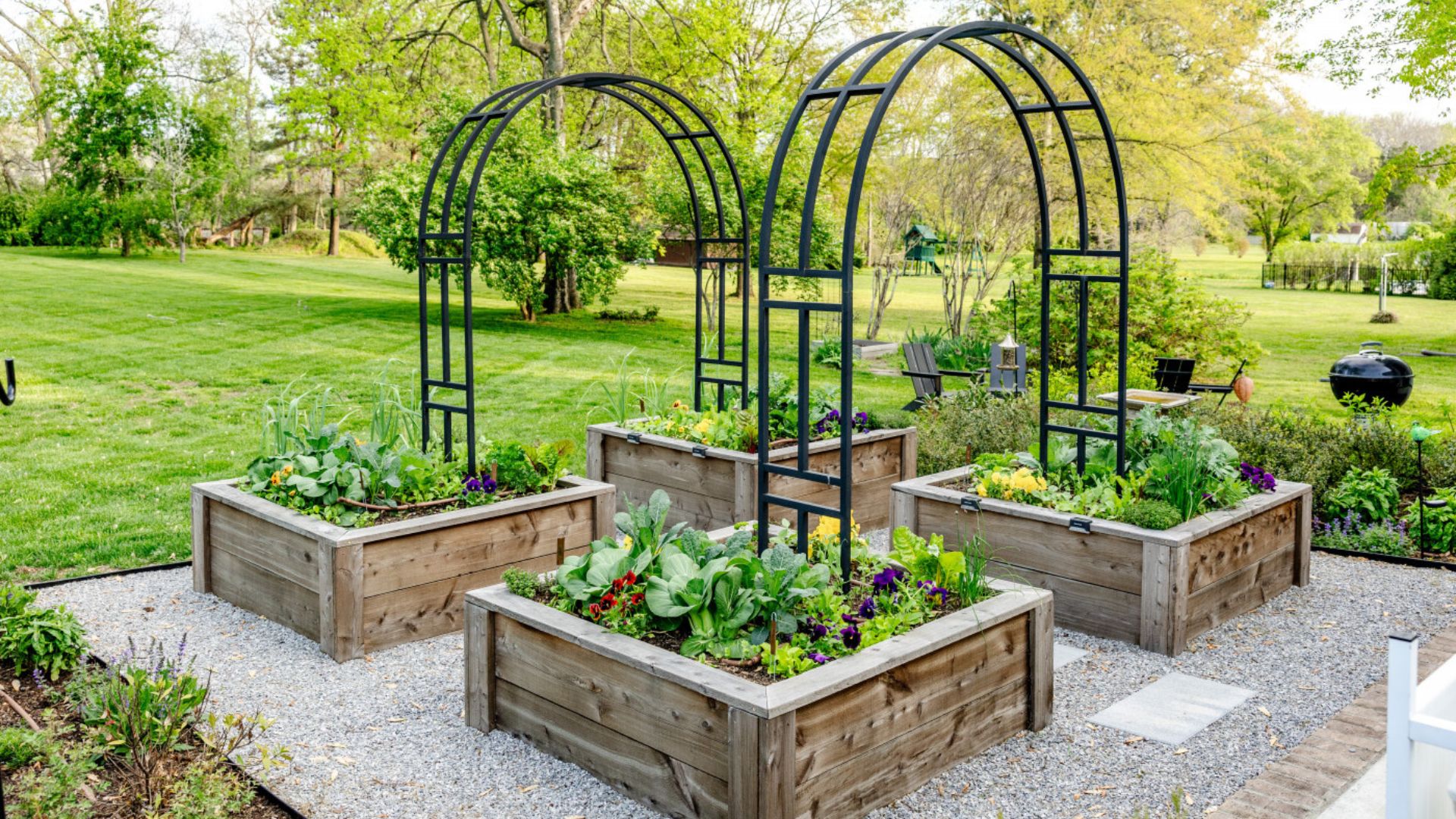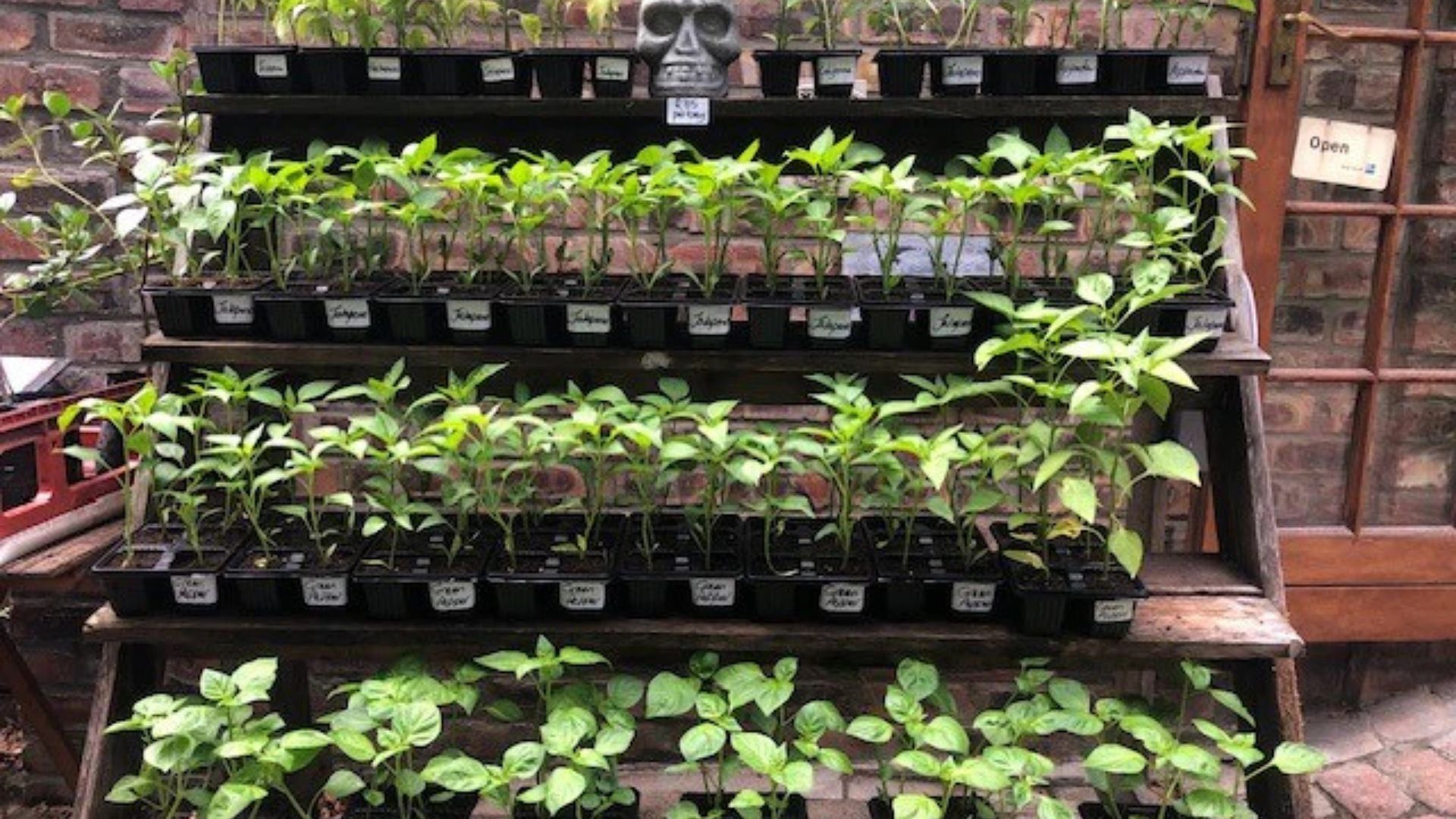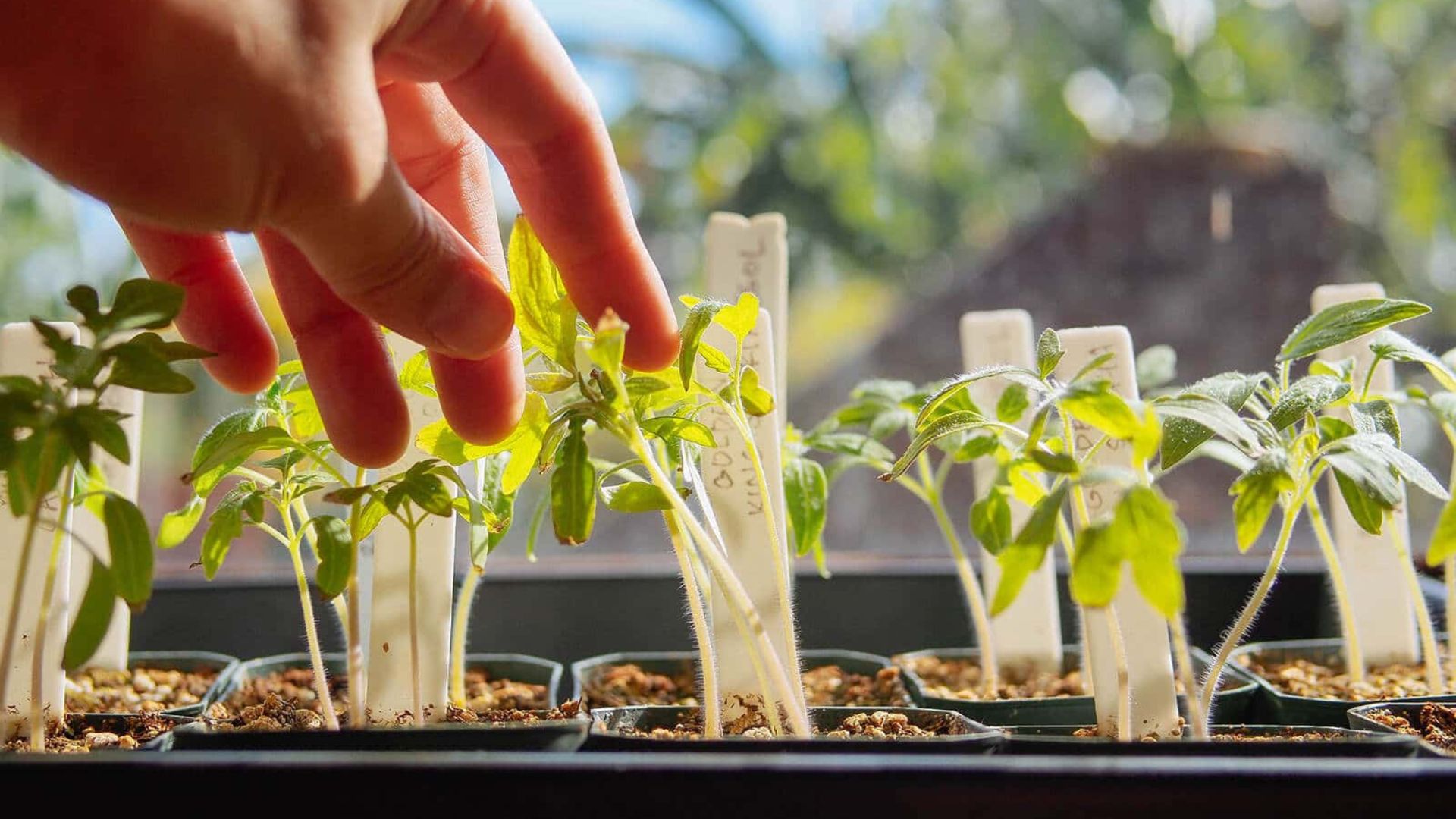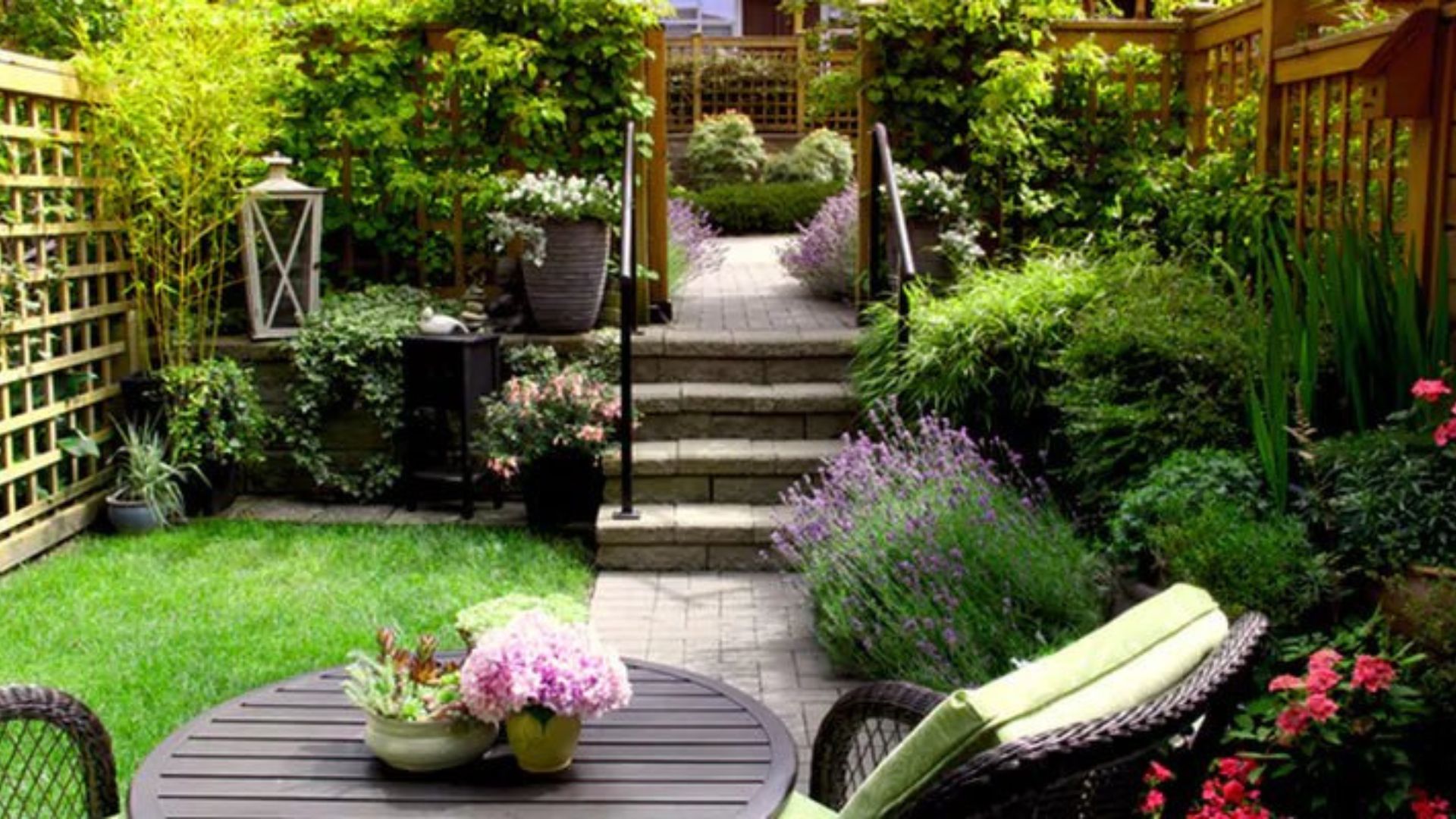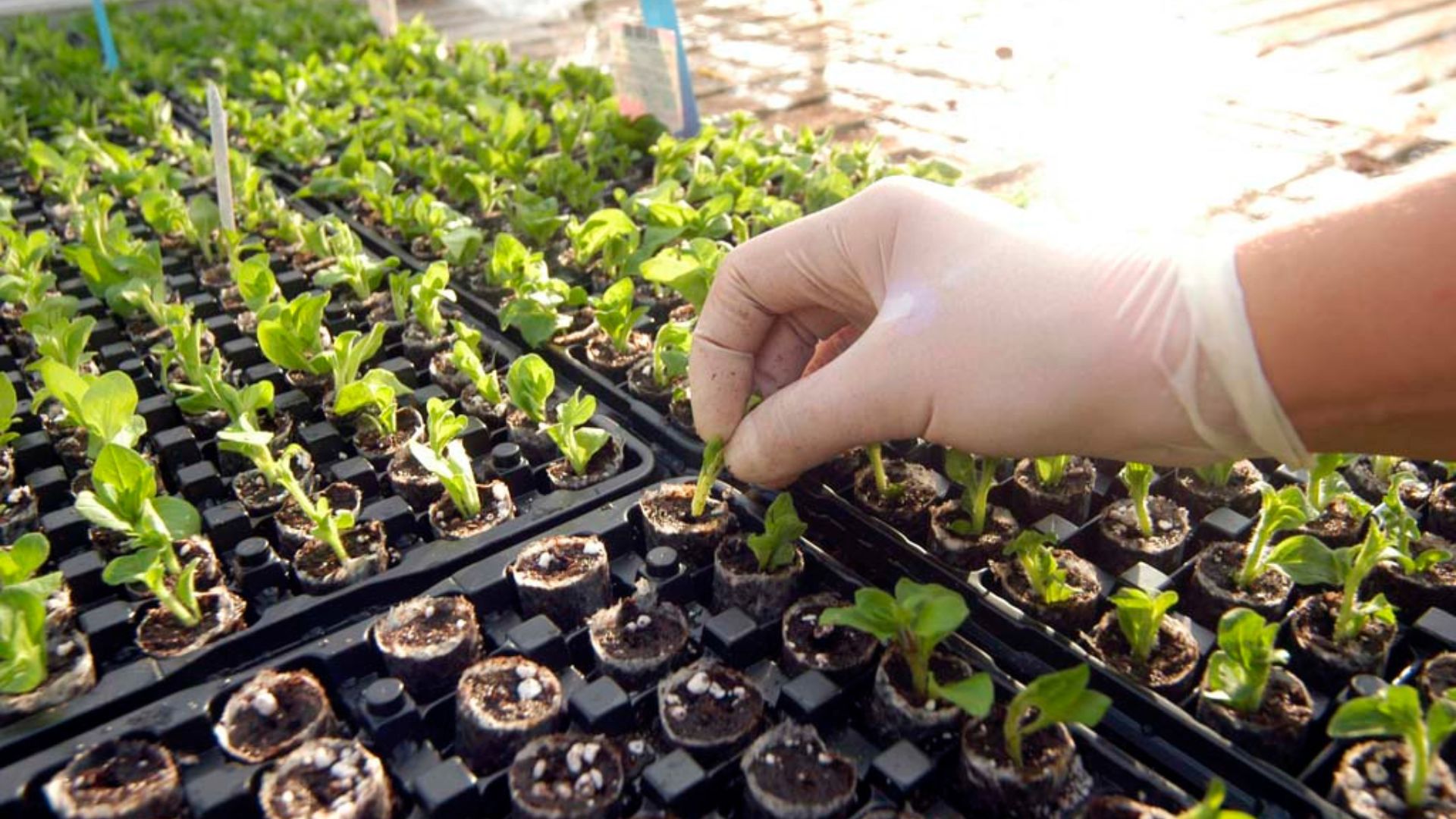Starting a backyard plant nursery can be an exciting and rewarding venture for gardening enthusiasts. It allows you to grow your favorite plants, propagate seedlings, and even create a small business. Moreover, a backyard nursery offers complete control over soil, sunlight, and watering conditions. By following the right steps, gardeners can establish a thriving plant collection while gaining valuable horticultural experience.
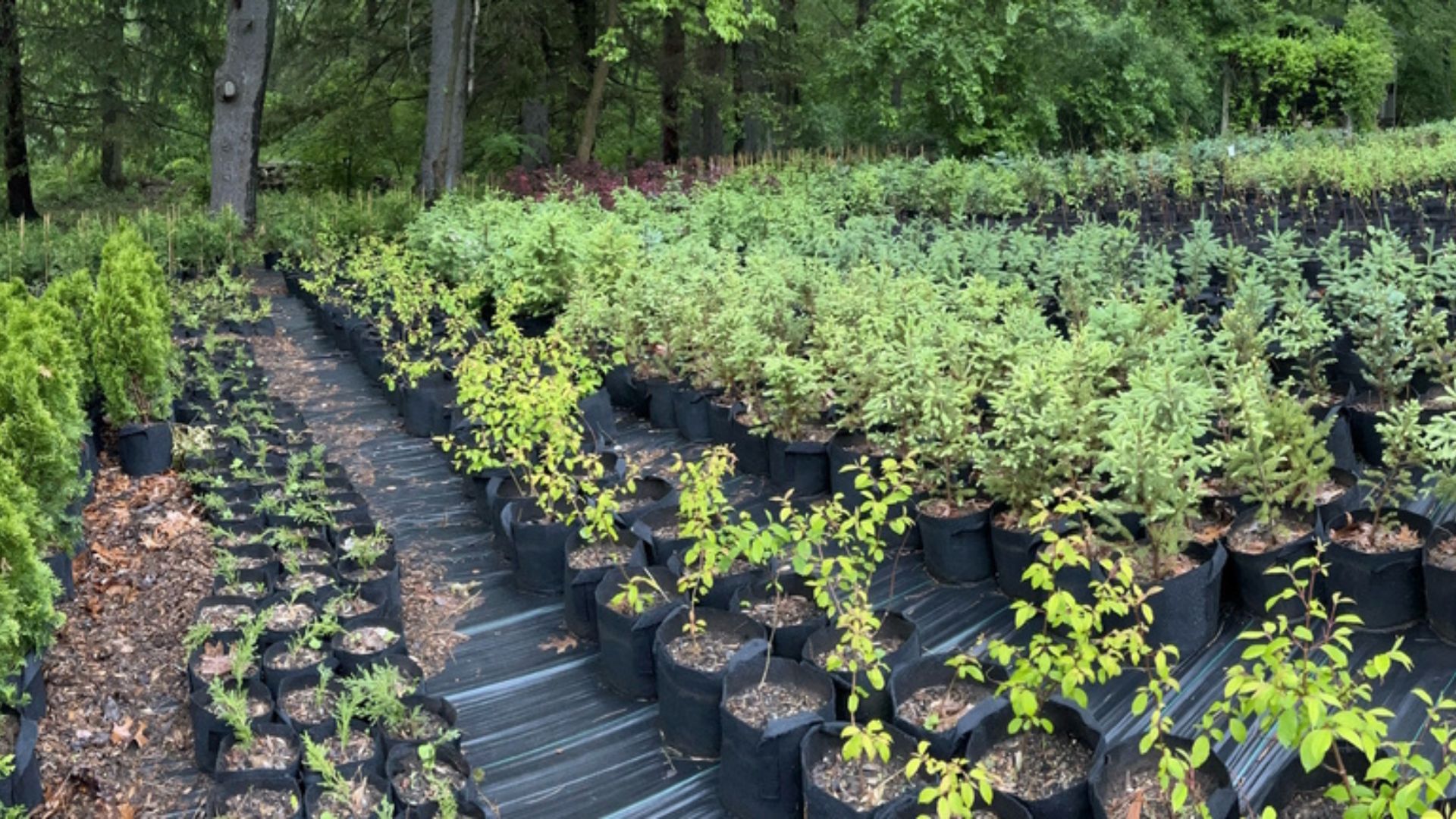
Planning Your Nursery Space
Proper planning is essential before planting. Choose a location with sufficient sunlight and easy access to water. Ensure the space has good drainage and is free from pests. Additionally, plan paths or work areas for easy maintenance. Thoughtful layout design makes managing your nursery more efficient and enjoyable. These strategies are key when starting a backyard plant nursery successfully.
Selecting Plants
Select plants that match your climate, soil type, and personal interests. Consider vegetables, herbs, ornamentals, or native species. Beginners should start with hardy, low-maintenance plants before experimenting with delicate or exotic varieties. By choosing the right species, your nursery thrives while you learn plant care techniques effectively.
Soil Preparation
Healthy soil is the foundation of a successful nursery. Test soil pH and nutrient levels, then amend with compost or organic matter. Loosen compacted soil to improve aeration and drainage. By creating fertile, well-structured soil, gardeners ensure strong root development and consistent plant growth when starting a backyard plant nursery.
Watering and Irrigation
Consistent moisture is crucial for seedlings and established plants. Use drip irrigation or soaker hoses for efficient watering. Monitor soil moisture regularly and adjust watering according to weather and plant needs. Grouping plants with similar water requirements simplifies care. Proper irrigation supports healthy growth and reduces the risk of disease.
Pest and Disease Management
Preventing pests and diseases is easier than treating outbreaks. Inspect plants frequently, remove diseased leaves, and keep the nursery clean. Introduce beneficial insects or use organic pest control solutions. By following safe strategies, you maintain plant health while adhering to sustainable practices. These steps are important for anyone starting a backyard plant nursery.
Propagation Techniques
Propagation expands your nursery efficiently. Use seeds, cuttings, or division depending on the plant type. Maintain a controlled environment for young plants, including temperature, light, and humidity. By propagating successfully, gardeners increase plant stock while learning essential skills for long-term nursery management.
Organization and Record Keeping
Keep accurate records of plant types, propagation dates, watering schedules, and fertilization routines. Label pots and rows to track growth and identify problems early. Organized documentation improves efficiency and supports decision-making. Thoughtful record-keeping is a crucial element of starting a backyard plant nursery effectively.
Marketing and Selling (Optional)
If your goal is commercial, consider marketing your plants locally. Social media, farmers’ markets, and community events are excellent outlets. Additionally, provide care instructions with each plant to build trust and customer satisfaction. By combining quality products with practical advice, backyard nurseries can generate income sustainably.
Conclusion
In conclusion, starting a backyard plant nursery requires planning, proper soil preparation, careful plant selection, effective watering, and pest management. Propagation techniques and organized record-keeping further ensure success. Whether for personal enjoyment or small-scale sales, a backyard nursery nurtures healthy plants while providing valuable horticultural experience. Moreover, attention to detail and sustainable practices maximize plant health and productivity. By following these steps, gardeners can cultivate a thriving and rewarding backyard nursery that supports growth, learning, and enjoyment.






